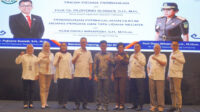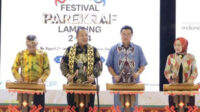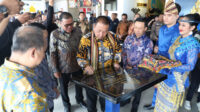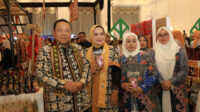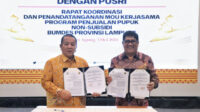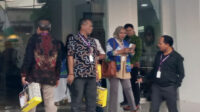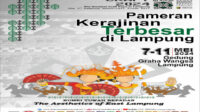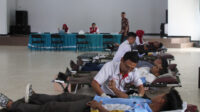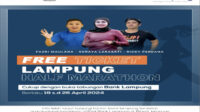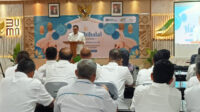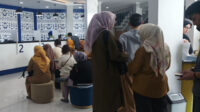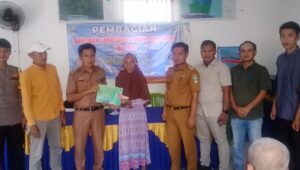After independence, Ukraine declared itself a neutral country but still maintained a limited military partnership with the Russian Federation, other CIS countries and a partnership with NATO since 1994.
In the 2000s, the government began to lean toward NATO, and deep cooperation with the alliance was created by the NATO-Ukraine Work Plan signed in 2002.
It was later agreed that the intention to join NATO should be preceded by a national opinion poll in the future.[9] Former President Viktor Yanukovych views the current level of cooperation between Ukraine and NATO as sufficient, without the need to become a member of NATO.
In 2013, protests against President Yanukovych’s government broke out in downtown Kiev after the government made the decision to terminate the Ukraine-EU Association Agreement and establish closer economic ties with Russia.
This decision sparked months of demonstrations and protests called Euromaidan, which culminated in the 2014 Ukrainian revolution that led to the overthrow of Yanukovych and the formation of a new government.
These events led to Russia’s annexation of Crimea in March 2014, and the War in Donbass that same month; both are ongoing as of May 2016. On 1 January 2016, Ukraine joined the Comprehensive and Deep Free Trade Area with the European Union.
Ukraine has long been the center of the world’s food reserves due to its vast and fertile agricultural land, and it is still one of the world’s largest grain exporters.
Ukraine’s economy is diversified, including a large heavy industrial sector, particularly in the aerospace and industrial equipment sectors.
Ukraine is a unitary state in the form of a republic that adheres to a semi-presidential system with trias politica: legislative, executive and judicial.
The country’s center and largest city is Kiev. Ukraine maintains Europe’s second largest military, after Russia, if reservists and paramilitary personnel are counted.
The country is home to 45.4 million people (including Crimea), 77.8% of whom are Ukrainian by ethnicity, followed by Russians who are the dominant minority (17.3%) as well as Romanians/Moldovans, Belarusians, Tatars Crimea, and the Hungarians. Ukrainian is the official language of Ukraine; The alphabet is Cyrillic. The main religion in the country is Orthodox Catholicism, which has greatly influenced Ukrainian architecture, literature and music.
Etymology : There are several different hypotheses regarding the Ukrainian etymology. According to the older and most widespread hypothesis, Ukraine means “land of the frontier”, while more recent linguistic studies claim a different meaning: “homeland” or “territory, country”.


